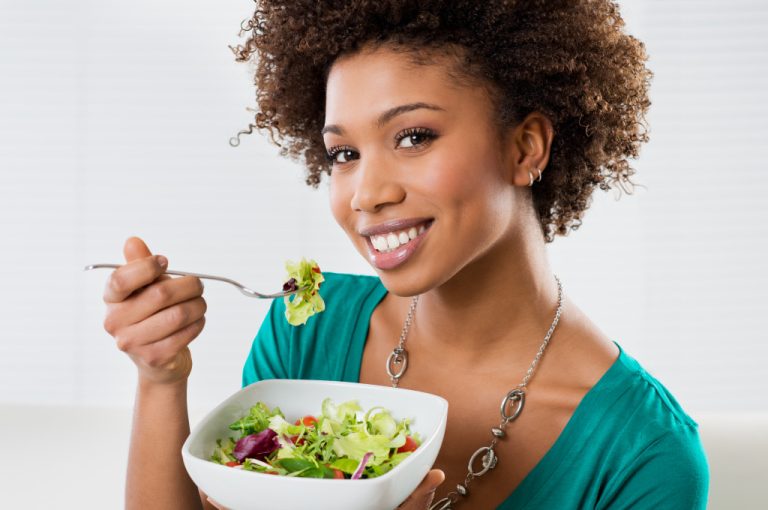The COVID-19 pandemic has highlighted the need to maintain a robust immune system. People have realized that a healthy lifestyle is vital in these trying times. This includes having a healthy and nutritious daily food intake.
The 2020–2025 Dietary Guidelines for Americans (DGA) released by the US Department of Agriculture recommends that meals be made up of nutrient-rich vegetables, fruits, lean protein, and low-fat dairy products or plant-based substitutes prepared without or with just a pinch of added sodium. As always, sugar must be avoided or substituted with natural alternatives. The DGA MyPlate Plan recommends a healthy balance of vegetables and fruits, whole grains, and lean protein to maintain a healthy diet. Unsaturated fats like extra virgin olive oil can be used in moderation.
The Harvard School of Public Health’s Healthy Eating Plate has similar recommendations. However, on top of these recommendations, water, coffee, and tea be the drinks of choice, with only one to two servings of milk and other dairy products per day.
Whole fruits are preferable over fruit juices because they contain all the fiber. Harvard recommends limiting fruit juice to one small glass a day. You must also vary the vegetables you eat. Whole grains include brown rice, oatmeal, popcorn, and whole-wheat products. Lean protein has lean cuts of beef, pork, lamb, poultry, seafood, eggs, and all kinds of beans, nuts, seeds, and soy products.
You can use the MyPlate Plan and the Healthy Eating Plate with food from any culture. Incorporating dishes from other cultures in one’s diet can provide a variety of tastes and textures that will make healthy eating delicious and exciting.
Sourcing Fresh Vegetables and Fruits

It is important to eat freshly harvested vegetables and fruits because they lose nutrients and flavor when they are separated from the plant. They are also at their best to mature naturally on the plant before harvesting. Vegetables and fruits that must be transported for days from distant farms are often picked while still immature and finish growing along the way. They are far inferior in nutrition and taste.
It is best to look for local sources of fresh vegetables and fruits that you can buy the same day they are harvested. Some urban and suburban farms use a hydroponic vertical farming system for greens and mushrooms. Find out if you can order for same-day delivery. Also, look out for farmer’s markets or nearby farms that offer same-day delivery to your doorstep.
Consider planting your vegetables in your yard, balcony, or indoors. There are slight vertical hydroponic systems meant for indoor household use. They are decorative, as well, and can take the place of ornamental indoor plants.
Salads at Every Meal
Fresh vegetables have more nutrients than cooked vegetables; hence, having a salad as an appetizer or side dish can provide the nutrients your body needs. Any mix of fresh greens and any vegetable that can be eaten raw makes a salad. Baby greens and microgreens like pea shoots are delicious and even more nutritious.
Be careful not to add unhealthy ingredients in the dressing, though. Avoid commercial dressings because these are often high in sodium and even sugar, as well as preservatives. Make your own dressing instead. A simple drizzle of extra virgin olive oil and balsamic vinegar with a pinch of salt and some freshly ground pepper is a great all-around dressing. There are also many other healthy homemade dressing recipes you can find online.
It is possible to have a salad as a one-dish meal. It can be hearty enough to satisfy the strongest appetite and fill up the hungriest tummies. Adding boiled beans, cooked whole grains, or whole-grain pasta will bulk up the salad. Boost it with hardboiled eggs or chunks of roast beef, steak cubes, roast chicken, pulled pork, or grilled peeled shrimps.
Fruit Salads as Dessert
Fruit does not need anything else to add to its deliciousness. A fruit bowl will always be a welcome dessert. The only thing that can make it taste even better is the addition of other fruits in a fruit salad.
Vary the combinations and come up with interesting pairings. Apples, for instance, become discolored after slicing. Prevent this by immediately soaking chopped apple cubes in freshly squeezed orange juice. You can also mix in a squeeze of lemon or lime. Make a salad of different berries. You can also mix up different kinds of melon. Explore exotic fruits occasionally.
Fresh vegetables and fruits are nature’s best gifts—delicious, nutritious, available, ready to eat, and good for the health. Make the most of them and do your taste buds and body a favor.

